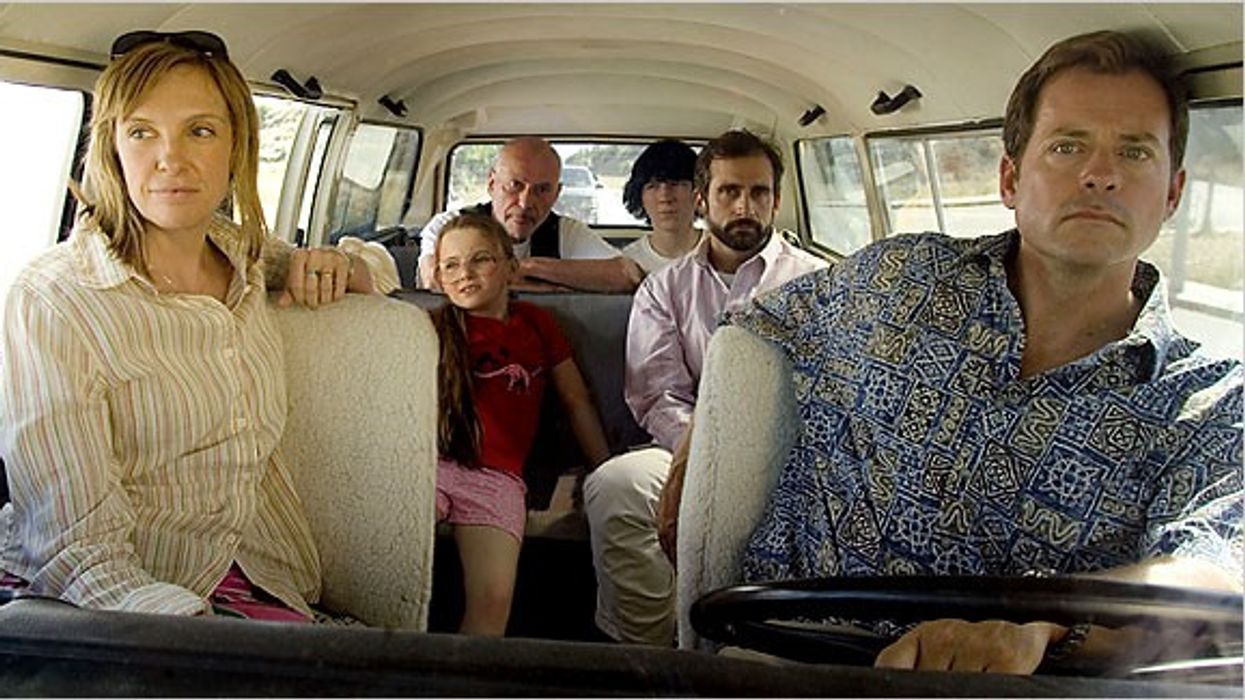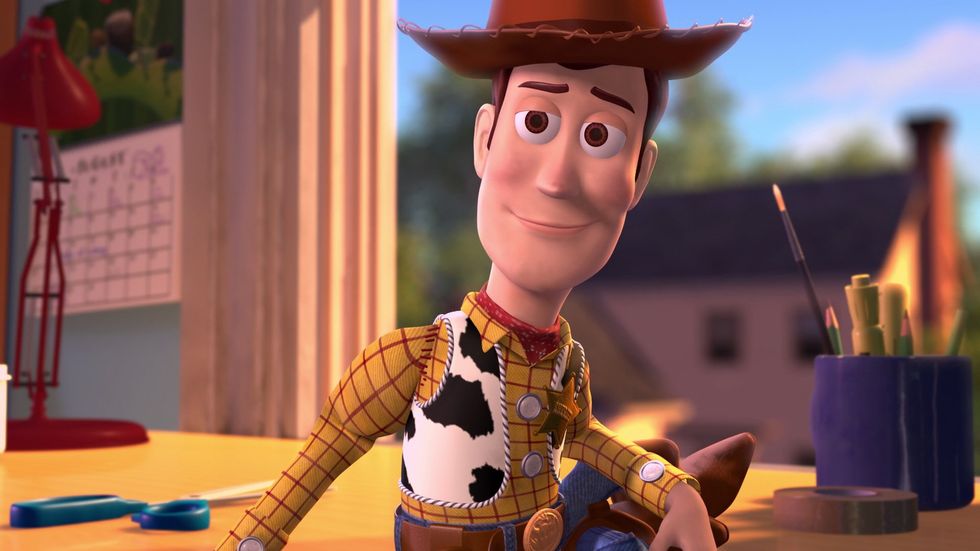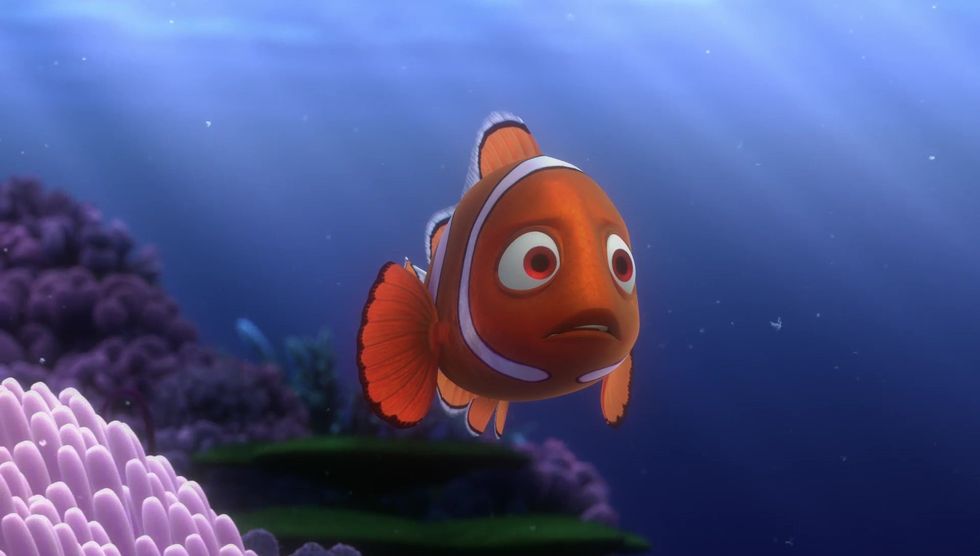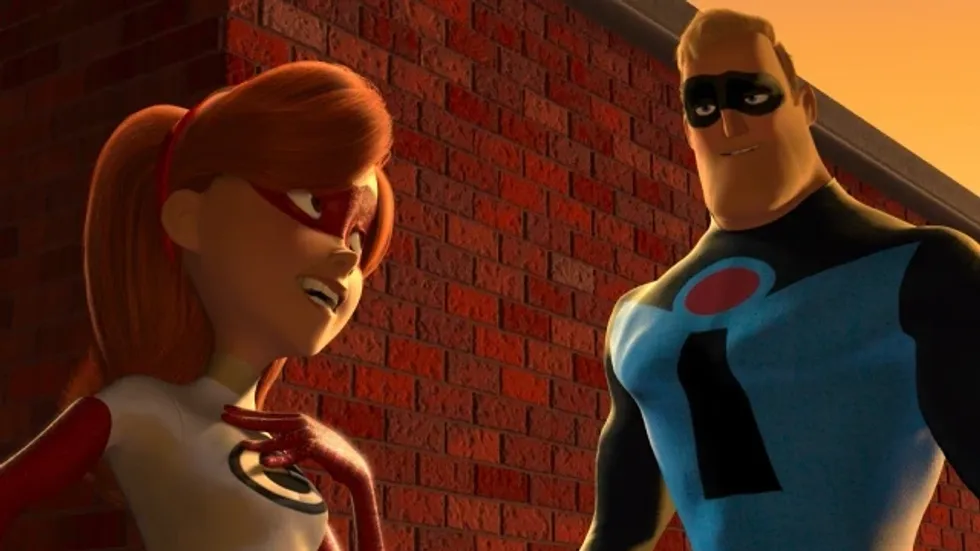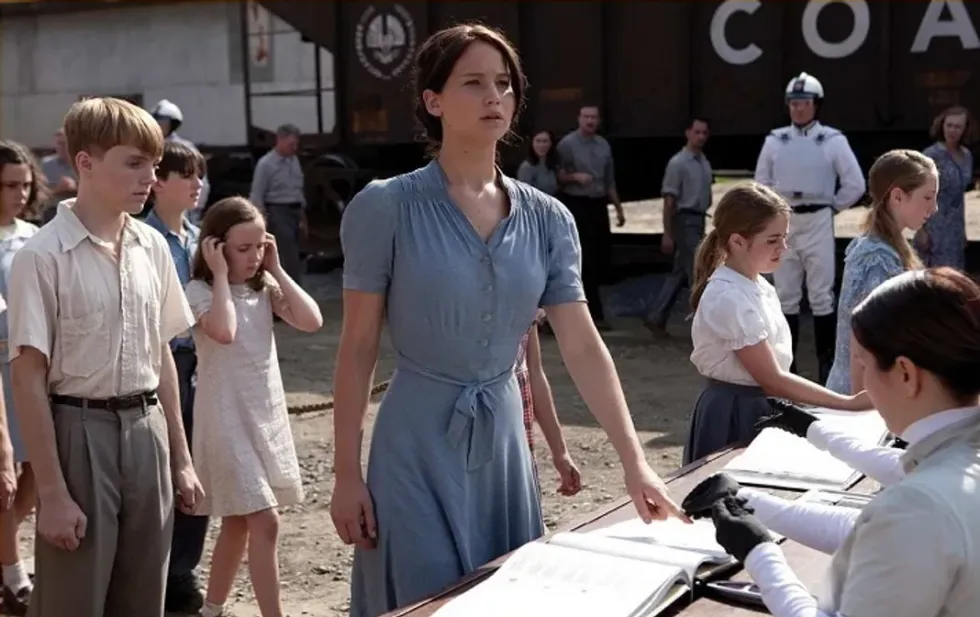Sound Designing 'Life of Pi': From (Almost) No Usable Production Audio All the Way to Dolby Atmos

The footage I've seen of Ang Lee's Life of Pi (released today) so far looks pretty fantastic. I know it's adapted from a novel, I know there's a man and a tiger on a boat, but other than that I really know nothing about this movie -- just that it looks intriguing from a pure imagery standpoint. That, and the next logical step from there, which is that it is probably going to be breathtaking in stereo. How does one create a soundtrack suitable for the visual side of this experience? Thanks once again to Michael Coleman's Soundworks Collection, we now have an inkling of exactly that -- and of how the sound design team crafted it for Dolby Atmos -- beginning with almost no usable production tracks.
Check out the trailer first, if you haven't seen it yet:
You read that right. You might be thinking that for any kind of fantasy or science fiction film, perhaps it's actually easier, in a sense, to start from scratch. But it's still mighty impressive. As for filling it all in, see below:
Any time the very nature (literally) of the shooting environment compromises the integrity or flexibility of the production track (as was the case in Lord of the Rings, see page 2) -- and this can quickly become true, and understandably so, when shooting on the water -- the sound design team must basically build from the ground up. The production audio recordings become reference tracks at best, and there's far more work to be done than may usually (or hopefully) be the case. Especially with a fantasy-adventure sort of film like Life of Pi, the treatment of this task is key. The soundtrack must fit the film without being so otherworldly as to cause a disconnect, AKA invoking the dreaded suspension-of-suspension-of-disbelief.
The benefit of having a clean slate for sound is control. I can only imagine that the single channel production track would need quite a bit of sprucing-up for it to work in Dolby Atmos anyway, and the re-recording allowed the sound team to widen their options. For instance (visible 01:47), in some cases they could optimize the number of channels (mics) and relative directionality (placement of mics) necessary to give themselves a lot more room to play around. Another example (visible just prior to the latter) are the proximities to the water and hull at which certain recordings could be made -- another mic perspective ability the production track would simply be unable to provide. In the hectic atmosphere of shooting on location (especially in an environment as unpredictable as the ocean), this fine-tuned type of sound recording would be basically impossible in tandem with a production schedule.
Of course, this sort of work is what a sound design team would be doing regardless, but I can imagine that recording, finding, and blending enough recordings to seamlessly match the reference track and therefore the footage (think things like individual waves and splashes) could really become painstaking. The great value of the Soundworks Collection is the appreciation it hopefully instills in us for all that hard work and artistry -- I mean, I understand what's going on, I love every one of these videos, and I can still hardly believe that people recorded (and sifted through to pick the best of) every single one of the things you're hearing in that Atmos-equipped theater.
Have any of you guys ever had to build (or should I say 'rebuild') the entirety of the soundtrack to any scenes, never mind complete films you've made? What have you found to be the most difficult aspects of starting from scratch in such cases? Any sound designers out there who miss silent cinema?
